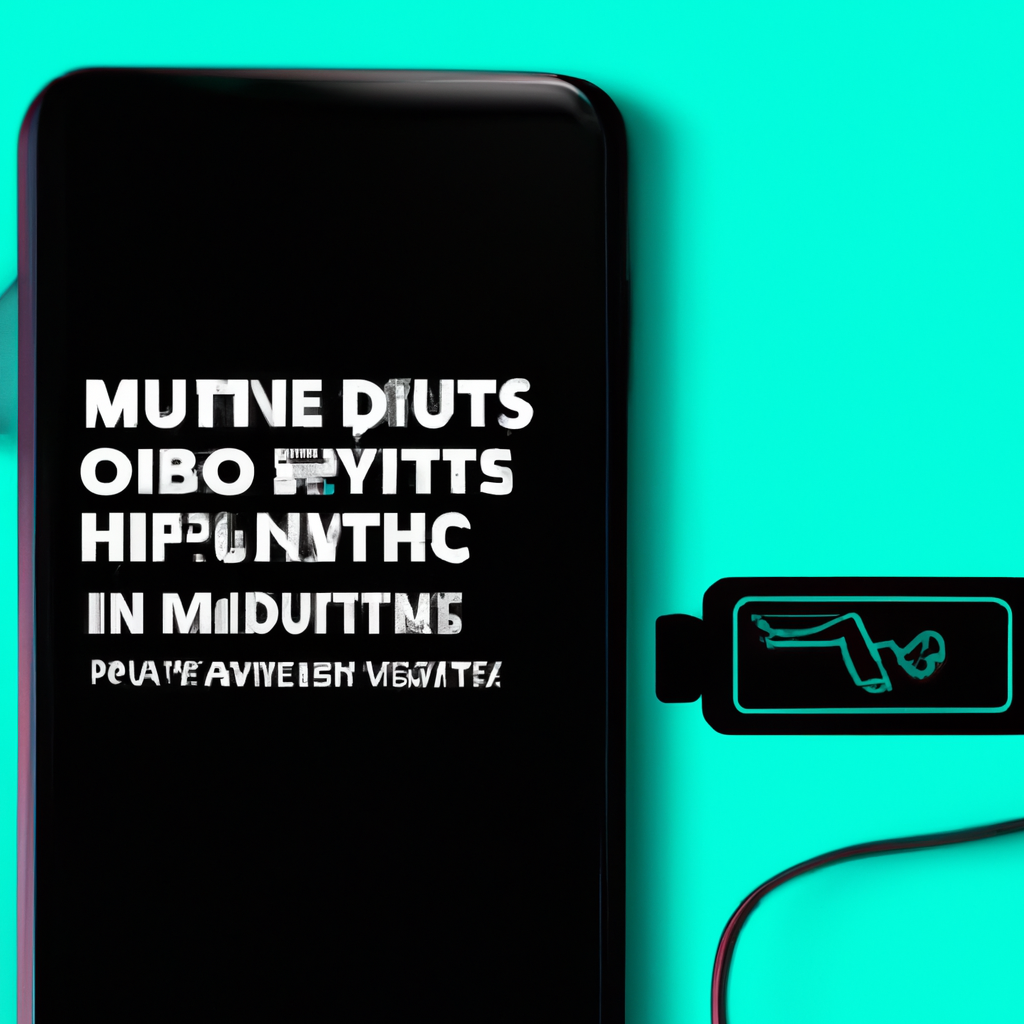Are you constantly worrying about rumors and misconceptions surrounding iPhone batteries? Well, worry no more! In this article, we will demystify the most common iPhone battery myths and debunk them once and for all. From whether overnight charging is harmful to the effect of closing background apps on battery life, we will provide you with straightforward explanations and expert insights. Get ready to separate fact from fiction and gain a better understanding of your iPhone’s battery to make the most out of its performance.

H2
H3-1: Battery Drainage
One common myth surrounding iPhone batteries is the belief that leaving your device plugged in overnight will overcharge the battery and lead to its deterioration. This is simply not true. iPhones, along with most modern smartphones, are designed to stop charging once the battery reaches its full capacity. Once it reaches 100%, the charging will automatically stop, preventing any overcharging.
H3-2: Battery Percentage Accuracy
Another misconception is related to the accuracy of the battery percentage displayed on your iPhone. While it is true that sometimes the battery percentage may seem to decrease rapidly, it is often due to the way the device calculates and estimates the remaining battery life. Factors like screen brightness, app usage, and network connectivity can influence the accuracy of the battery percentage.
H3-3: Closing Background Apps
Many iPhone users believe that closing background apps by swiping them away from the app switcher will help improve battery life. However, this is a myth. Closing background apps actually has little to no impact on your battery life because iOS is designed to efficiently manage app activity in the background. In fact, force-closing apps can even have a negative effect on battery life as it forces the system to reload the app from scratch the next time you open it.
H3-4: Temperature and Battery Life
Temperature can impact the performance and longevity of your iPhone battery. Extreme cold or heat can diminish the battery’s efficiency and shorten its lifespan. It is best to avoid subjecting your iPhone to temperature extremes and to keep it in a moderate environment whenever possible. Additionally, using your iPhone while it is charging can generate heat, which may also affect battery performance. It is advisable to let your device charge in a well-ventilated area to prevent excessive heat build-up.
H2
H3-5: Optimal Charging Practices
To maximize your iPhone’s battery lifespan, it is recommended to follow a few optimal charging practices. Firstly, it is best to avoid charging your device to 100% or letting it completely drain to 0% frequently. Instead, aim to keep your battery between 20% and 80% for regular usage. Additionally, using a genuine Apple charger and cable, or MFi (Made for iPhone/iPad/iPod) certified accessories for charging, is crucial to ensure the compatibility and safety of your device.
H3-6: Battery Health Management
With the release of iOS 13.0 and later versions, Apple introduced a new feature called Battery Health Management. This feature monitors your charging patterns and adapts the charging process to slow down battery aging. It helps to minimize the wear and tear on your battery and can contribute to prolonging its overall lifespan. You can find this feature in the Battery settings on your iPhone and enable it if desired.
H3-7: Energy Saving Mode
When your iPhone’s battery level is running low, activating the Energy Saving Mode can be a helpful tool. This feature adjusts various settings to conserve battery life, such as reducing screen brightness, disabling background app refresh, and limiting certain visual effects. By activating Energy Saving Mode, you can temporarily extend your device’s battery life until you have access to a charger.
H3-8: Wireless Charging Myths
Wireless charging has become a popular feature for many smartphones, including iPhones. However, there are some misconceptions about wireless charging. Contrary to belief, wireless charging is not inherently less efficient or damaging to the battery than wired charging. Both methods follow the same charging principles, and the main difference lies in the convenience and cable-free experience that wireless charging provides. As long as you use a Qi-certified wireless charger, your iPhone’s battery will be charged safely and efficiently.

H2
H3-9: Battery Replacement
Over time, all iPhone batteries will experience a decline in capacity and performance. If you find that your iPhone’s battery is no longer holding a charge effectively, it may be time for a battery replacement. Apple offers a battery replacement service, and authorized service providers can replace your iPhone battery with a genuine Apple battery to ensure the best performance and compatibility.
H3-10: Optimizing Battery Usage
To optimize battery usage on your iPhone, there are a few additional tips you can follow. Adjusting your screen brightness to a lower level, disabling unnecessary push notifications, and managing background app refresh can help conserve battery life. It is also recommended to avoid using power-hungry features like GPS or streaming videos for extended periods without access to a charger.
H3-11: Battery Health Monitoring
Keeping track of your iPhone’s battery health is essential to ensure its longevity. You can monitor the battery health through the Battery settings on your iPhone. Apple provides a Maximum Capacity measurement that indicates the current capacity of your battery compared to when it was new. If the Maximum Capacity falls below 80%, it may be worth considering a battery replacement to restore the functionality and performance of your device.
H3-12: Be Informed and Avoid Myths
In conclusion, debunking common iPhone battery myths is crucial to understanding how to best take care of your device’s battery. By being well-informed and avoiding misconceptions, you can optimize your iPhone’s battery life and ensure its longevity. Remember to follow the recommended charging practices, utilize energy-saving features, and keep an eye on your battery health to enjoy a reliable and long-lasting battery experience with your iPhone.
